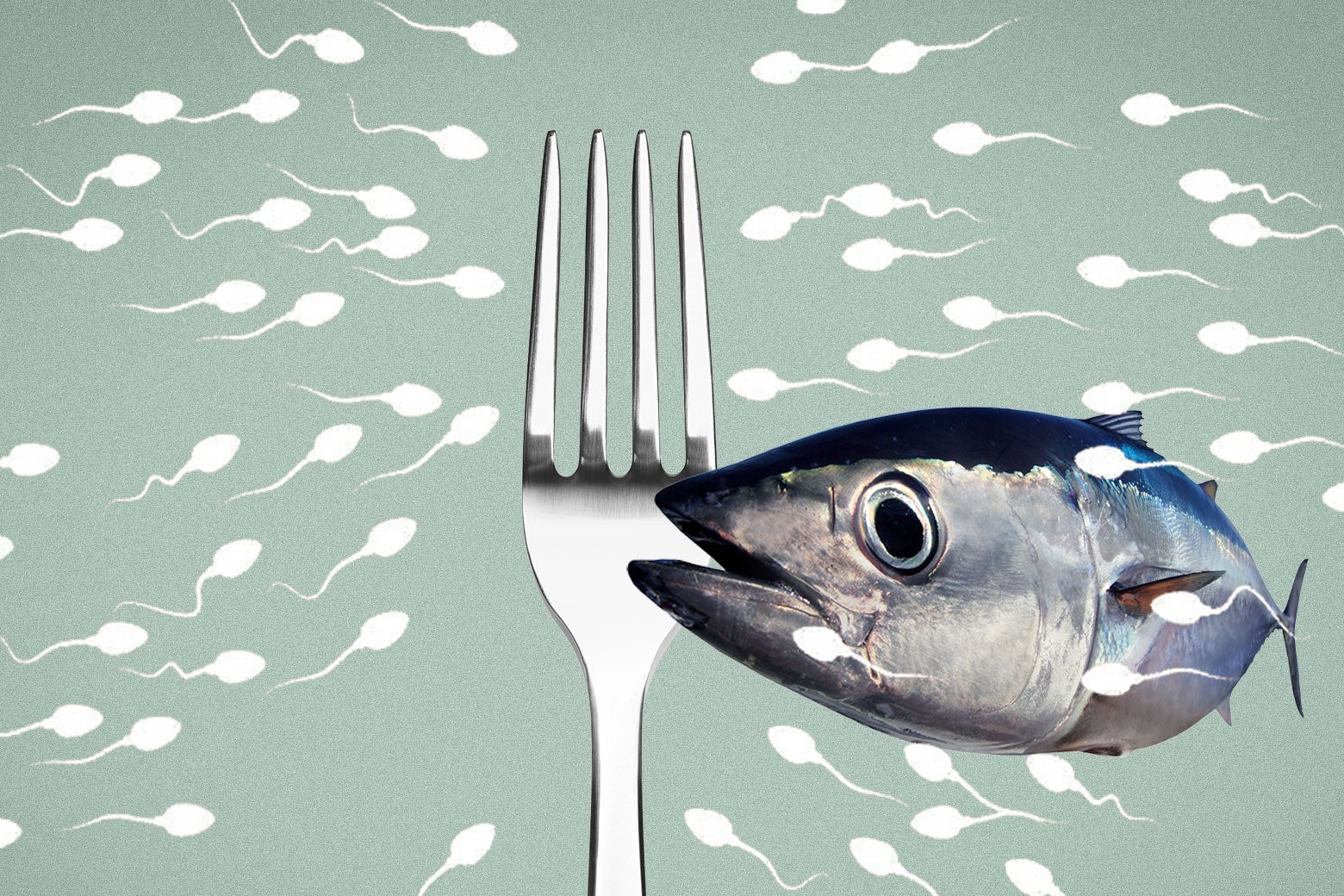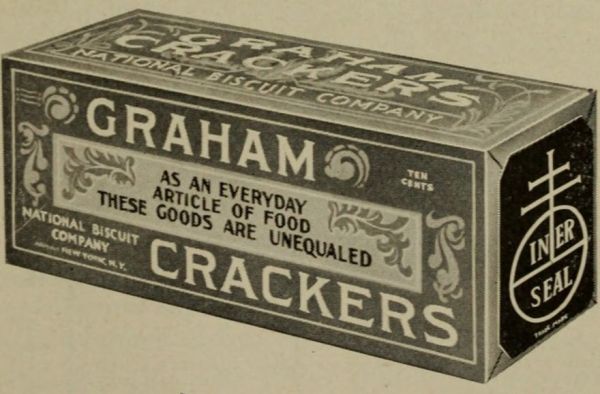Exploring Marseille's North African Culinary Heritage

Marseille, renowned as one of Europes most multicultural cities, is a vibrant melting pot of cultures, particularly influenced by a substantial North African population. Among the standout elements of this cultural blend is the culinary scene, where traditional dishes like Brik pastryoften given a modern twisthave become integral to the local gastronomic landscape.
Visitors to Marseille can enjoy breathtaking views of the sea and the sprawling cityscape from the iconic Basilica of Notre Dame de la Garde. This basilica not only offers stunning panoramas but also serves as a symbol of the citys rich history and diverse heritage.
At Les Rigoles, a popular restaurant in the area, chef Johann Barichasse creatively fuses the flavors and ingredients of his Jewish-Algerian and Moroccan heritage. The dish he serves, reminiscent of a fist-sized, deep-fried wonton, is his take on the traditional brik, which is often found throughout North Africa. Instead of the usual triangular or half-moon shape, Johann presents his brik as a bundle, filled with a perfectly cooked egg, spiced potatoes dotted with capers, and topped with flakes of confit tuna. This unique presentation reflects the culinary evolution that characterizes Marseilles food culture.
Its crispy, it has an egg its comforting, Johann explains, emphasizing why this dish resonates with patrons. The brik has become particularly popular in Marseille, where an estimated one-third of the population is Muslim, primarily of Algerian and Tunisian descent. This connection deepens the dishs significance, as it embodies the shared heritage of the city.
The history of migration from North Africa to France adds layers to the culinary narrative. Following Frances colonization of much of North Africa in the mid-18th century, the loss of these territories in the 1950s and 60s prompted many loyalists, particularly from Algeria and Tunisia, to flee to France. Marseille, positioned just across the Mediterranean, became a safe haven due to its size and cultural openness. As a result, the city has experienced a continuous influx of North African immigrants, contributing to its status as one of the most diverse cities in Europe.
Chef Johann notes a resurgence of interest among younger generations in their cultural roots. My parents were exiles, so they didnt have a connection to their culture, he shares. But the younger generation is more interested. This renewed interest reflects a broader trend in the culinary world, where traditional recipes and flavors are being rediscovered and celebrated. Alongside French classics like veal tartare, Johanns menu features dishes such as chreime, a spicy Jewish-Tunisian fish stew served over couscous, and kefteji, a vibrant dish of sauted vegetables topped with spicy merguez sausage and a fried egg.
The culinary exploration continues in the leafy Longchamp neighborhood, where I visit Bistrot Baya, run by French-Algerian chef Maeva Hocini. Here, Maeva reinterprets traditional French dishes through her North African heritage. Her version of chou farci features cabbage stuffed with a unique mix of rice, anchovies, and merguez, all nestled in a rich tomato velout. Maeva expresses how food serves as a connection to her roots: My grandmother spoke Kabyle, which I didnt speak. But at the table, our language was food. Her restaurants eclectic decor, mismatched vintage furniture, and a handwritten menu reflect her culinary journey and the influence of her travels.
Another culinary force reconnecting with her heritage is Boutheina Ben Salem. Once a lawyer, she embraced her passion for cooking, organizing North African food events in both London and Marseille. I catch up with her as she prepares for a supper club dinner in the bustling Old Port market, a historical hub dating back to Ancient Greece. Boutheina enthusiastically navigates the stalls, selecting organic fruits and vegetables, and invites me to experience the vibrant atmosphere of Noailles, known as the belly of Marseille.
This predominantly North African neighborhood exudes life, with narrow streets filled with halal butchers, street vendors, and shops brimming with spices and preserved goods. Amidst the hustle and bustle, Boutheina leads me to a spice shop, where she explains her preference for locally sourced whole spices that are freshly ground. I sample a fiery harissa, a staple condiment that showcases the bold flavors of North African cuisine.
Back at her apartment in Noailles, Boutheina shares her interpretation of brik, emphasizing her unique twist on the traditional recipe. Spreading harissa on a sheet of filo pastry, she adds boiled potatoes seasoned with turmeric, capers, and preserved lemon zest, along with a fresh egg yolk. As she fries the pastry to a perfect golden crisp, she explains the Arabic concept of nafasthe essence that infuses love and flavor into food. This intimate preparation underscores the deep connections that food fosters within families and cultures.
Venturing through Marseilles North African culinary landscape, I meet food writer and tour guide Alexis Steinman, who seeks to shed light on the city's diverse food scene. She introduces me to Maison Journo, a Jewish-Tunisian bakery where I savor a fricassee, a savory doughnut filled with a medley of flavors, including harissa, tuna, and pickled vegetables.
Next, we stop by Chez Sofiane, an Algerian bakery in Noailles, where I try karantika, a chickpea quiche served alongside a plate of spiced sardines and mixed salad that beautifully bridges North African and Marseille culinary traditions. My culinary adventure continues at Chez Yassine, a beloved Tunisian restaurant, where I indulge in lablabi, a hearty chickpea soup enriched with aromatic spices and a poached egg.
The tour culminates at Le Fmina, one of Marseilles oldest restaurants, famed for its couscous made from barley, accompanied by a rich stew of lentils and chickpeas, and a slow-cooked lamb leg. As we enjoy the meal, Mustapha Kachetel, the warm-hearted fourth-generation owner, shares his belief in the universal appeal of couscous, concluding with a light-hearted remark that if all politicians dined on such dishes, the world would be a better place. After exploring the belly of Marseille, I find myself in agreement with this sentiment.
Travel Tips
Getting there: Marseille is accessible via rail, with Eurostar services from London St Pancras requiring a change in Paris. Numerous airlines, including EasyJet, Ryanair, and British Airways, offer direct flights from UK airports.
Where to stay: For stunning views of the Old Port and the Basilica of Notre Dame de la Garde, consider Htel La Rsidence du Vieux-Port, with room rates starting from 179 (148).
More information: Culinary Backstreets offers immersive, food-focused walking tours that last at least five hours, visiting a variety of dining venues with tastings at up to eight locations, starting from $140 (110) per person.

















